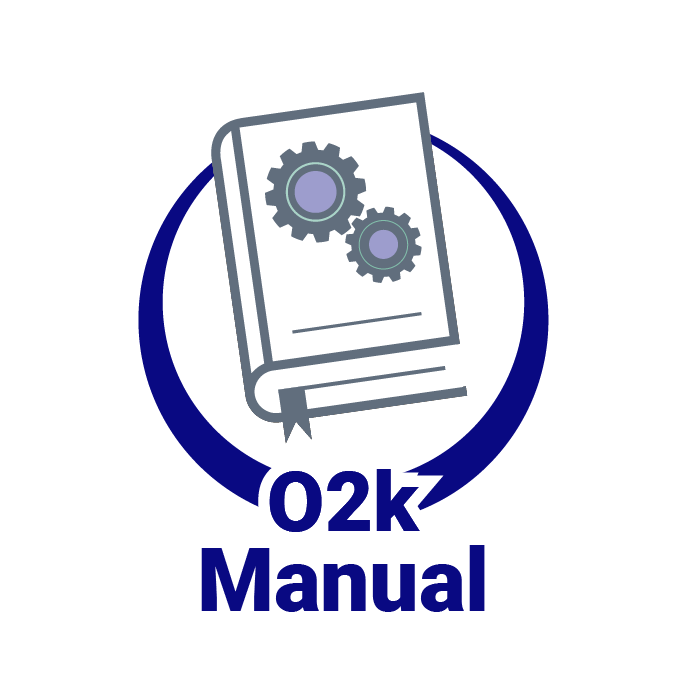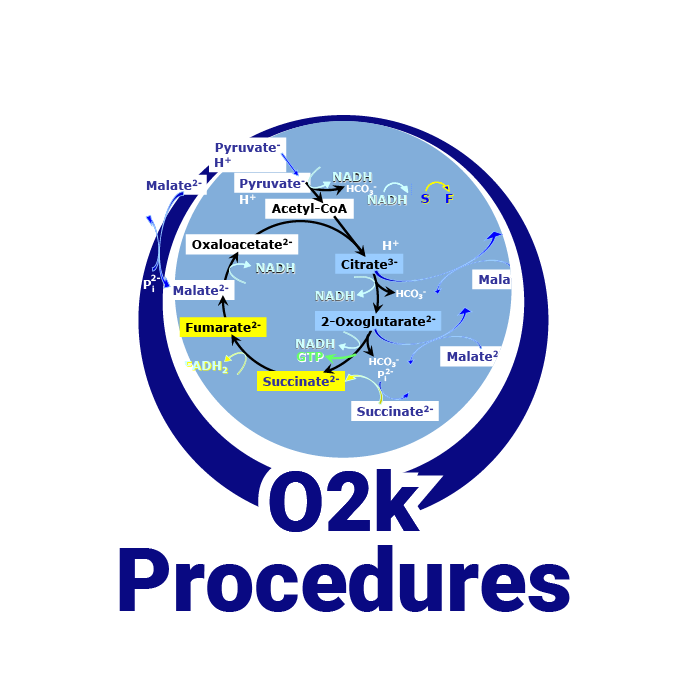Difference between revisions of "Talk:MiPNet15.05 NO-manual"
| Line 1: | Line 1: | ||
{{Technical support}} | |||
== NO-sensor calibration == | |||
I have a question regarding NO-sensor calibration. What method would you recommend?I just tried with a solution (outside of the Oroborous) recommended from the factory (0.05M H2SO4, 0.02M KI with addition of nitrite in different concentrations) This method worked fine, however, is this possible to do in the oroborous? Is that extremely acidic solution harmful to the POS membranes?Best regards | |||
Tomas Shiffer | |||
Answer: Thats the method I always used. Its fine for the oxygraph (and of course very fine for the PTFE O2 membrane) but I have to admit the table I used got some "scars" :-) (from the KI).[[User:Fasching Mario|Fasching Mario]] 11:45, 10 March 2011 (CET) | |||
{{#set:Technical service=NO (amperometric) signal}} | |||
== Determining pre-polarisation times == | |||
Please not that for some sensors WPI states the suggested pre-polarisation time not in the manual of the sensor but only in the manual of the WPI electronics,e.g. in the manual for the [http://www.wpiinc.com/products/physiology/tbr4100/?query=%28name.like.TBR4100.or.misc0.like.TBR4100.or.misc2.like.TBR4100.or.misc3.like.TBR4100%29&xsearch_id=products_search_top&xsearch[0]=TBR4100&back=products| TBR4100] (Appendix A) | |||
'''From user feedback''' for the WPI HPO-2 sensor: (The suggested polarization voltage for the the WPI H2O2 electrodes is 400 mV, thats means -400 mV have to be set in the O2k, see [[I MiPNet15.05 NO-Manual]].) I have also contacted with WPI,They said that "The ISO-HPO-2 polarized at 450 mV for 2 hours in 0.1M PBS solution." But I find 2 hours is not enough. I send it to you ,maybe it is helpful for your other customer. | |||
'''Comment by Oroboros Instruments''': With our experiences from the WPI NO electrode and the users experience with the WPI HPO electrode, it seems advisable to assume that required prepolarisation times will be longer than the (minimum) cited by WPI. Especially for the first run we suggest to allow for a very long pre-polarisation time (minimum over night, days for NO) and to observe the slope of the signal. Only when the slope of the signal (not the signal itself !) is constant for a long time (hours), pre-polarisation is finished. This will give an indication for the proper pre-polarisation time in further experiments. It is important to continue the prepolarisation for a few hours after the slope APPEARS to be constant. In the later phase of pre-polarisation the slope may change very slowly but may still improve (that is get closer to zero). This may easily be missed by not observing the slope for long enough. | |||
[[User:Fasching Mario|Fasching Mario]] 09:23, 23 January 2014 (CET) | |||
{{#set:Technical service=NO (amperometric) signal}} | |||
[[Image:BB-Bioblast.jpg|left|40px|link=Bioblast:About|Bioblast wiki]] | [[Image:BB-Bioblast.jpg|left|40px|link=Bioblast:About|Bioblast wiki]] | ||
== Popular Bioblast page == | == Popular Bioblast page == | ||
[[MiPNet15.05 NO-Manual]] has been accessed more than | [[MiPNet15.05 NO-Manual]] has been accessed more than | ||
:* 5,000 times (2015-07-04) | :* 5,000 times (2015-07-04) | ||
Revision as of 20:22, 4 July 2015
 |
Talk:MiPNet15.05 NO-manual |
MitoPedia O2k and high-resolution respirometry:
O2k-Open Support
NO-sensor calibration
I have a question regarding NO-sensor calibration. What method would you recommend?I just tried with a solution (outside of the Oroborous) recommended from the factory (0.05M H2SO4, 0.02M KI with addition of nitrite in different concentrations) This method worked fine, however, is this possible to do in the oroborous? Is that extremely acidic solution harmful to the POS membranes?Best regards Tomas Shiffer
Answer: Thats the method I always used. Its fine for the oxygraph (and of course very fine for the PTFE O2 membrane) but I have to admit the table I used got some "scars" :-) (from the KI).Fasching Mario 11:45, 10 March 2011 (CET)
Determining pre-polarisation times
Please not that for some sensors WPI states the suggested pre-polarisation time not in the manual of the sensor but only in the manual of the WPI electronics,e.g. in the manual for the [0=TBR4100&back=products| TBR4100] (Appendix A)
From user feedback for the WPI HPO-2 sensor: (The suggested polarization voltage for the the WPI H2O2 electrodes is 400 mV, thats means -400 mV have to be set in the O2k, see I MiPNet15.05 NO-Manual.) I have also contacted with WPI,They said that "The ISO-HPO-2 polarized at 450 mV for 2 hours in 0.1M PBS solution." But I find 2 hours is not enough. I send it to you ,maybe it is helpful for your other customer.
Comment by Oroboros Instruments: With our experiences from the WPI NO electrode and the users experience with the WPI HPO electrode, it seems advisable to assume that required prepolarisation times will be longer than the (minimum) cited by WPI. Especially for the first run we suggest to allow for a very long pre-polarisation time (minimum over night, days for NO) and to observe the slope of the signal. Only when the slope of the signal (not the signal itself !) is constant for a long time (hours), pre-polarisation is finished. This will give an indication for the proper pre-polarisation time in further experiments. It is important to continue the prepolarisation for a few hours after the slope APPEARS to be constant. In the later phase of pre-polarisation the slope may change very slowly but may still improve (that is get closer to zero). This may easily be missed by not observing the slope for long enough. Fasching Mario 09:23, 23 January 2014 (CET)
Popular Bioblast page
MiPNet15.05 NO-Manual has been accessed more than
- 5,000 times (2015-07-04)




